Andrew Majda, Xiaoming Wang0521834414, 9780521834414, 9780511169038
Table of contents :
Cover……Page 1
Half-title……Page 3
Title……Page 5
Copyright……Page 6
Contents……Page 7
Preface……Page 13
1.1 Introduction……Page 15
1.2 Some special exact solutions……Page 22
Fourier series tool kit……Page 24
1.2.1 Exact solutions for the Euler equations……Page 26
1.2.2 Exact solutions with beta-effect and generalized Kolmogorov forcing……Page 31
1.2.3 Rossby waves……Page 33
1.2.4 Topographic effect in steady states……Page 35
1.2.5 A dynamical solution with beta-plane and layered topography……Page 40
1.2.6 Beta-plane dynamics with large-scale shear flow……Page 42
A test problem for dissipative mechanisms……Page 44
Conservation of energy for periodic flows……Page 47
1.3.2 Large-scale and small-scale flow interaction via topography……Page 50
1.3.3 Infinite number of conserved quantities – generalized enstrophy……Page 54
1.3.4 Several conserved quantities……Page 56
1.3.5 Summary of conserved quantities: periodic geometry……Page 57
1.4 Barotropic geophysical flows in a channel domain – an important physical model……Page 58
1.4.1 The impulse and conserved quantities……Page 61
1.4.2 Conservation of circulation……Page 62
1.4.3 Summary of conserved quantities: channel geometry……Page 63
1.5 Variational derivatives and an optimization principle for elementary geophysical solutions……Page 64
1.5.1 Some important variational derivatives……Page 65
1.6 More equations for geophysical flows……Page 66
1.6.1 The models……Page 67
Derivation of the barotropic one-layer model from the continuously stratified model……Page 68
Derivation of the two-layer model from the continuously stratified model……Page 69
Derivation of the one- and one-half-layer model from the two-layer model……Page 70
Derivation of the barotropic quasi-geostrophic model from the F-plane model……Page 71
References……Page 72
2.1 Introduction……Page 73
A remarkable identity……Page 75
2.2.1 Non-linear stability in restricted sense……Page 76
2.2.2 Finite-dimensional dynamics on the ground modes and non-linear stability……Page 80
Fourier representation for the dynamic equations……Page 81
2.2.3 Counter-example of unstable ground state modes dynamics for truncated inviscid flows……Page 86
2.3 Stability of flows with generalized Kolmogorov forcing……Page 90
References……Page 93
3.1 Introduction……Page 94
3.2 Selective decay states and their invariance……Page 96
3.3 Mathematical formulation of the selective decay principle……Page 98
The Rossby waves degenerate into generalized Taylor vortices in the absence of the geophysical beta-plane effect…….Page 99
3.4 Energy–enstrophy decay……Page 100
3.5 Bounds on the Dirichlet quotient, A (t)……Page 102
3.6.1 Convergence to an asymptotic state……Page 104
3.6.3 Stability of the selective decay states……Page 105
3.6.4 Underlying simplifying mechanisms……Page 108
3.7.1 Measure of anisotropy……Page 109
3.7.2 Explicit solutions of the sinh–Poisson equation……Page 110
3.7.3 Numerical examples……Page 111
References……Page 116
Appendix 1 Stronger controls on A (t)……Page 117
Appendix 2 The proof of the mathematical form of the selective decay principle in the presence of the beta-plane effect……Page 121
4.1 Introduction……Page 129
4.2.1 Non-linear stability and the energy method……Page 130
4.2.2 Simple states with topography, but no mean flow or beta-effect……Page 133
4.2.3 Simple states with topography, mean flow, and beta-effect……Page 136
4.3 Stability for more general steady states……Page 138
4.4 Non-linear stability of zonal flows on the beta-plane……Page 143
4.5 Variational characterization of the steady states……Page 147
References……Page 151
5.1 Introduction……Page 152
5.2 Systems with layered topography……Page 155
5.2.1 Hamiltonian structure……Page 156
5.3.2 The case Beta = 0……Page 159
5.3.3 Single mode topography……Page 162
5.4 A limit regime with chaotic solutions……Page 168
5.4.1 Single mode topography……Page 170
5.4.2 Interaction of non-linear resonances……Page 171
5.4.3 Two modes in the topography: a perturbative Melnikov analysis……Page 177
5.5.1 Perturbation of single mode topography……Page 181
5.5.2 Two-mode layered topography and topographic blocking events……Page 184
5.5.3 Random perturbations with multi-mode topography……Page 187
5.5.4 Symmetry breaking perturbations and topographic blocking events……Page 188
References……Page 192
Appendix 1……Page 194
Appendix 2……Page 195
6.1 Introduction……Page 197
6.2 Information theory and Shannon’s entropy……Page 198
6.3 Most probable states with prior distribution……Page 204
6.4.1 Continuous measure on the line……Page 208
6.4.2 Entropy and maximum entropy principle……Page 209
6.4.3 Coarse graining and loss of information……Page 211
6.4.4 Relative entropy as a “distance” function……Page 212
6.4.5 Information theory and the finite-moment problem for probability measures……Page 214
6.5 Maximum entropy principle for continuous fields……Page 215
6.6.1 The Prior distribution……Page 218
6.6.2 Constraints on the potential vorticity distribution……Page 219
6.6.3 Statistical predictions of the maximum entropy principle……Page 220
6.6.4 Determination of the multipliers and geophysical effect……Page 221
6.7.1 One-point statistics for potential vorticity and large-scale mean velocity and Shannon entropy……Page 225
6.7.2 The constraints on the one-point statistics……Page 226
6.7.3 Maximum entropy principle and statistical prediction……Page 227
6.7.4 Determination of the multipliers and geophysical effects……Page 229
References……Page 232
7.1 Introduction……Page 233
7.2.1 The Liouville property……Page 235
7.2.2 Evolution of probability measures and the Liouville equation……Page 236
7.2.3 Conserved quantities and their ensemble averages……Page 238
7.2.4 Shannon entropy and the maximum entropy principle……Page 239
7.2.5 The most probable state and Gibbs measure……Page 240
7.2.7 A simple example violating the Liouville property……Page 242
7.3 Statistical mechanics for the truncated Burgers–Hopf equations……Page 243
7.3.1 The truncated Burgers–Hopf systems and their conserved quantities……Page 244
7.3.2 The Liouville property……Page 245
7.3.3 The Gibbs measure and the prediction of equipartition of energy……Page 246
7.3.4 Numerical evidence of the validity of the statistical theory……Page 247
A scaling theory for temporal correlations……Page 250
Numerical evidence for the correlation scaling theory……Page 251
7.4.1 Geophysical properties of the Lorenz 96 model……Page 253
Rossby waves……Page 254
7.4.2 Equilibrium statistical theory for the undamped unforced L-96 model……Page 258
7.4.3 Statistical properties of the damped forced and undamped unforced L96 models……Page 260
Linear stability of the mean state……Page 262
The bulk behavior of the rescaled problem……Page 263
The climatology of different forcing regimes in rescaled coordinates……Page 265
References……Page 269
8.1 Introduction……Page 270
8.2.1 The spectrally truncated quasi-geostrophic equations……Page 272
8.2.2 Conserved quantities for the truncated system……Page 273
8.2.3 Non-linear stability of some exact solutions the truncated system……Page 274
8.2.4 The Liouville property……Page 275
8.3 The statistical predictions for the truncated systems……Page 276
8.4 Numerical evidence supporting the statistical prediction……Page 278
8.5 The pseudo-energy and equilibrium statistical mechanics for fluctuations about the mean……Page 281
8.6 The continuum limit……Page 284
8.6.1 The case with a large-scale mean flow……Page 287
8.6.2 The case without large-scale mean flow but with generic topography……Page 290
8.6.3 The case with no geophysical effects……Page 292
8.6.4 The case with no large-scale mean flow but with topography having degenerate spectrum……Page 295
High energy subcase……Page 296
References……Page 299
Appendix 1……Page 300
9.1 Introduction……Page 303
9.2 Empirical statistical theories with a few constraints……Page 305
9.2.1 The energy–circulation empirical theory with a general prior distribution……Page 306
9.2.2 The energy–circulation impulse theory with a general prior distribution……Page 311
9.3 The mean field statistical theory for point vortices……Page 313
9.3.1 Derivation of the mean field point-vortex theory from an empirical statistical theory……Page 314
9.3.2 Complete statistical mechanics for point vortices……Page 317
The dynamics of point vortices in the plane……Page 318
Liouville property……Page 319
The mean field limit equations as N ………Page 321
9.4.1 Maximum entropy principle incorporating all generalized enstrophies……Page 323
9.4.2 The most probable state and the mean field equation……Page 326
9.5 Non-linear stability for the most probable mean fields……Page 327
References……Page 330
10.1 Introduction……Page 331
10.2 Basic issues regarding equilibrium statistical theories for geophysical flows……Page 332
Some basic theoretical issues……Page 333
10.3 The central role of equilibrium statistical theories with a judicious prior distribution and a few external constraints……Page 334
10.4 The role of forcing and dissipation……Page 336
10.5 Is there a complete statistical mechanics theory for ESTMC and ESTP?……Page 338
References……Page 340
11.1 Introduction……Page 342
11.2.1 Statistical theory……Page 344
Role of symmetries……Page 347
Basic solutions with no geophysical effects (V = Beta = 0)……Page 348
Dilute PV Limit……Page 349
Geophysical solutions………Page 352
Dilute PV theory……Page 353
11.2.3 Statistical predictions of generalized Rhines’ scale……Page 356
Vortex streets in the dilute PV limit……Page 357
Langevin monopole……Page 359
11.3 Statistical sharpness of statistical theories with few constraints……Page 360
11.3.1 Statistical sharpness and generalized selective decay principle……Page 361
11.3.2 The statistical sharpness of macrostates from ESTMC……Page 365
Energy–enstrophy statistical theories (EEST)……Page 367
Point-vortex statistical theories (PVST)……Page 368
11.4 The limit of many-constraint theory (ESTMC) with small amplitude potential vorticity……Page 369
11.4.1 The asymptotic expansion……Page 370
11.4.2 Interpretation of the asymptotic equation through renormalized topography……Page 372
References……Page 374
12.1 Introduction……Page 375
12.2 Meta-stability of equilibrium statistical structures with dissipation and small-scale forcing……Page 376
12.2.1 The numerical model……Page 377
12.2.2 Approximate dynamics for Langevin and dilute PV theory……Page 380
Algorithm for the approximate dynamics……Page 381
Free decay of vortex monopoles……Page 382
Free decay of vortex streets……Page 386
12.2.4 Statistical consistency of damped and driven vortex states……Page 389
Inverse cascade from small-scale forcing of single-signed vortices……Page 390
Maintenance of vortex streets by small-scale, double-signed forcing……Page 393
Vortex coalescence in strongly forced shear flow……Page 397
12.3 Crude closure for two-dimensional flows……Page 399
12.3.1 The equation and the problem……Page 400
12.3.2 Description of the crude closure dynamics……Page 401
12.3.3 Numerical results with Newtonian dissipation……Page 405
Spin-up of large vortex……Page 408
Forcing by alternating or opposite signed vortices……Page 410
12.4 Remarks on the mathematical justifications of crude closure……Page 419
References……Page 424
13.1 Introduction……Page 425
13.1.1 The observational record for Jupiter and the quasi-geostrophic model……Page 426
13.1.2 Predictions of the ESTP with a suitable prior and the observational record……Page 428
13.2 The quasi-geostrophic model for interpreting observations and predictions for the weather layer of Jupiter……Page 431
13.2.1 Fitting the non-dimensional model with the dimensional parameters of Jupiter……Page 432
13.3 The ESTP with physically motivated prior distribution……Page 433
13.3.1 The ESTP with a family of prior distributions with anti-cyclonic skewness……Page 434
13.3.2 The centered Gamma distribution as a family of skewed prior distributions for ESTP……Page 436
13.4 Equilibrium statistical predictions for the jets and spots on Jupiter……Page 437
13.4.1 The southern hemisphere domain……Page 438
13.4.2 The northern hemisphere domain……Page 439
References……Page 440
14.1 Introduction……Page 441
14.1.1 The traditional spectral truncation and equilibrium statistical theory……Page 443
14.2.1 The spectral truncation with many conserved quantities……Page 444
14.2.2 Numerical experiments demonstrating the statistical relevance of C3(q) at large scales……Page 445
14.2.4 The large-scale mean flow……Page 446
14.2.5 The energy spectrum……Page 449
14.3.1 The probability distribution function of potential vorticity……Page 452
14.3.2 Equilibrium statistical predictions of the non-linear mean state……Page 453
14.4 Statistically relevant conserved quantities for the truncated Burgers–Hopf equation……Page 454
A.1.1 Some basic facts about Hamiltonian systems……Page 456
A.1.2 The equations for Barotropic flow in Fourier space……Page 458
A.1.3 The sine-bracket truncation with many additional conserved quantities……Page 460
15.1 Ensemble prediction and relative entropy as a measure of predictability……Page 466
15.1.1 Practical and mathematical issues for predictability……Page 468
15.1.2 Gaussian prior distribution for predictability……Page 470
15.1.4 Canonical form for a Gaussian climate: EOF basis……Page 471
15.2 Quantifying predictability for a Gaussian prior distribution……Page 473
15.2.1 The signal and dispersion decomposition for a Gaussian prior……Page 474
15.2.2 Rigorous lower bounds on predictive information content with a Gaussian prior……Page 475
15.2.3 Choosing reduced variables to order the predictive information content……Page 477
15.2.4 The relative entropy and the entropy difference for quantifying predictive information content……Page 479
15.3 Non-Gaussian ensemble predictions in the Lorenz 96 model……Page 480
15.4 Information content beyond the climatology in ensemble predictions for the truncated Burgers–Hopf model……Page 486
15.4.1 Relaxation of ensemble predictions to the climate distribution……Page 487
15.4.2 The signal, dispersion, and variations in predictive utility……Page 488
15.5 Further developments in ensemble predictions and information theory……Page 492
References……Page 494
16.1 Introduction……Page 496
16.1.1 Common differential operators and integration by parts formulas on the sphere……Page 500
16.1.2 Eigenfunctions of the Laplace operator and the Legendre functions……Page 503
16.2.1 Some special exact solutions……Page 504
Independent linear dynamics on the ground energy shell……Page 505
Exact interesting dynamics of the ground state modes and another energy shell……Page 508
Exact solutions with generalized Kolmogorov forcing……Page 509
Steady state solutions……Page 511
Conserved quantities with general topography……Page 512
Conserved quantities with topography living on the ground energy shell……Page 514
Conserved quantities in the presence of odd symmetry in z and topography living on the ground energy shell……Page 516
Summary of conserved quantities……Page 518
Non-linear stability of steady states……Page 519
Restricted stability of motion on the first two energy shells……Page 521
16.3 The response to large-scale forcing……Page 524
16.4 Selective decay on the sphere……Page 530
16.4.2 Physicist’s selective decay states……Page 531
16.4.3 Formulation of the selective decay principle……Page 532
16.4.4 Sketch of the proof……Page 534
Overview of equilibrium statistical theories for the sphere……Page 537
16.5 Energy enstrophy statistical theory on the unit sphere……Page 538
Empirical energy–enstrophy theory with general topography……Page 539
Empirical energy–enstrophy theory with ground state topography……Page 542
16.5.2 Complete statistical mechanics…….Page 543
Conservation of energy and potential enstrophy……Page 544
The Liouville property……Page 545
Most probable state for the truncated system……Page 546
The continuum limit……Page 547
Comment on the case with ground state topography……Page 549
A few constraint theory with prior distribution……Page 550
Energy–circulation theory……Page 551
The point vortex theory……Page 552
16.6.1 Infinitely many constraint statistical theory……Page 554
Appendix 1……Page 556
Appendix 2……Page 560
Index……Page 564
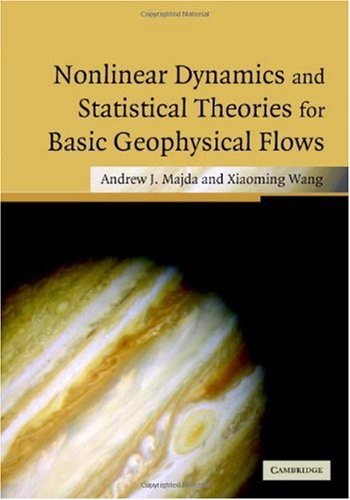

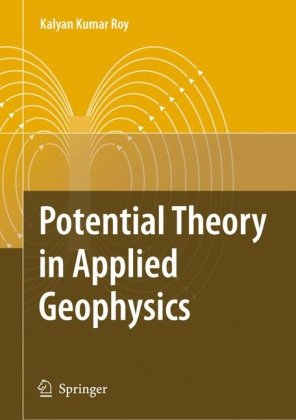
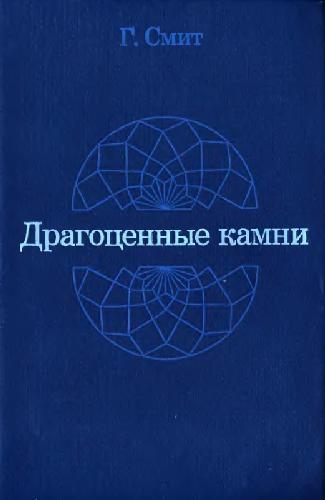
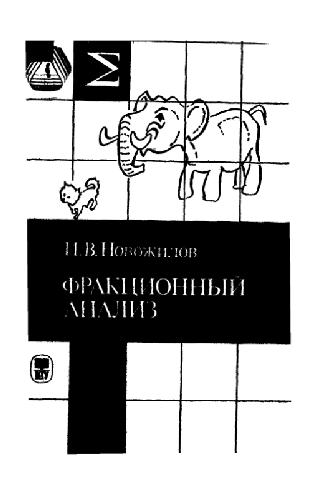
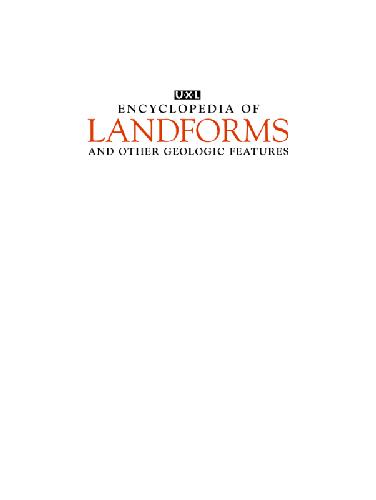
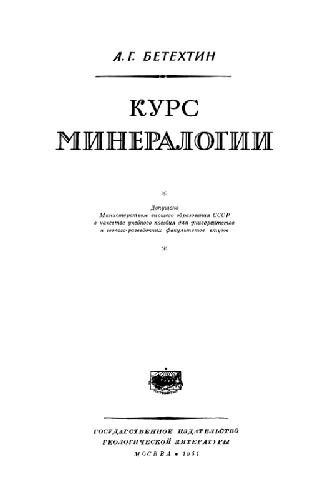
Reviews
There are no reviews yet.